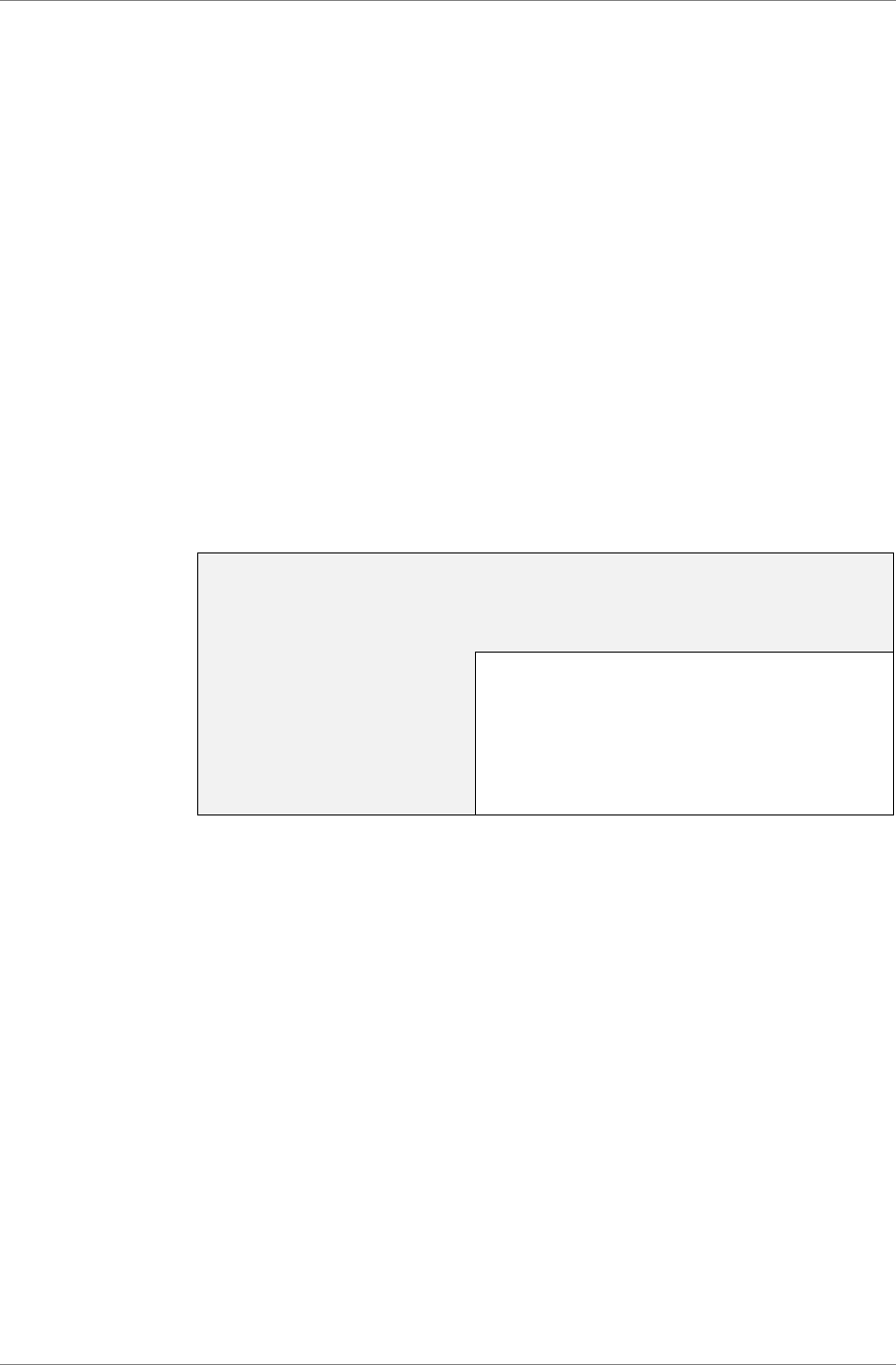
dCS 974 User Manual Manual for Software Version 1.0x
dCS Ltd May 2001
Manual part no: DOC1241121A1
Page 85
Document No: OS-MA-A0124-112.1A1
Contact
dCS
on + 44 1799 531 999 email to: more@dcsltd.co.uk
(inside the UK replace + 44 with 0) web site: www.dcsltd.co.uk
Dither
The dCS 974 uses relatively unusual dither generators to achieve the very good
statistics necessary for audio purposes. Many dither generators use PRBS
generators (Pseudo Random Binary Shift register generators). These are well
known, well documented, and very predictable – but unfortunately their statistics
are not that great. The problem shows up as a spectrum that is not flat, and
histograms (PDFs, Probability Density Functions) that diverge from the ideal
quite significantly.
Adding dither adds noise. Top hat dither uses one generator per channel to add
±0.5 lsbs p-p of rectangularly distributed dither, and triangular dither uses two
generators per channel to add ±1 lsbs p-p of triangularly distributed dither. This
is on top of the Q/√12 rms dither from word length reduction in the first place
(where Q is the size of the output word lsb). The noise shaped triangular
setting uses one generator to add ±1 lsbs p-p of triangularly distributed dither
that is frequency shaped, and so has low perceived (weighted) noise power.
This last is a significant test of generator performance – the dCS 974 performs
very well. Performance curves for all these settings, including PDFs of the
added dither, are given in the dCS 974 Performance Curves, page 94.
The noise added by the dither settings is summarised below:
Dither Type Noise
Power
(0-Fs/2)
Added Noise
Power
(unweighted)
Perceived
Noise
Added
(F weighted)
No dither
(straight truncation)
Q/√12
0 dB 0 dB
Top Hat dither
Q/√6
3 dB 3 dB
Triangular dither
Q/√4
4.8 dB 4.8 dB
Noise Shaped Triangular
dither
Q/√4
4.8 dB 1.2 dB
Table 10 – Noise Added by Dither Types
If dither is used, it is shaped (made less audible) by noise shaping. This applies
as much to noise shaped triangular as the others.


















